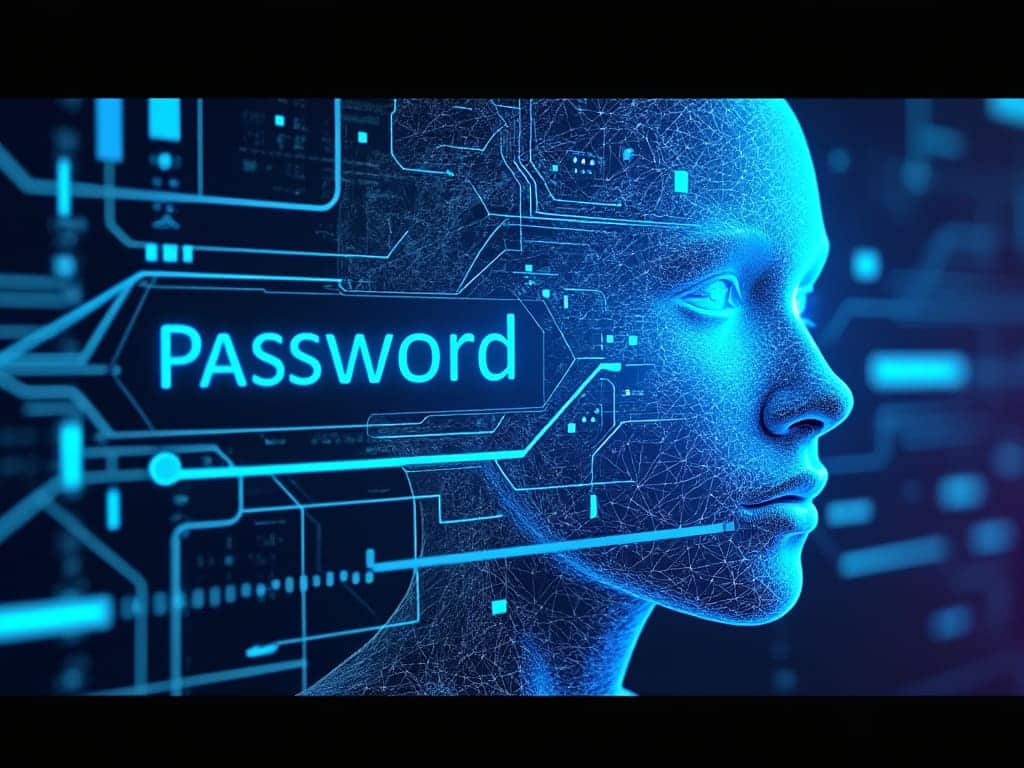Here’s your translation into American English:
For years, the standard recommendation in cybersecurity has been to periodically change passwords to prevent unauthorized access. However, various studies and security experts have shown that this practice is not only unnecessary in most cases but can also be counterproductive.
The Myth of Constantly Changing Passwords
The idea of renewing credentials every few months comes from an outdated approach aimed at minimizing risks in case of data theft. However, studies conducted by the National Institute of Standards and Technology (NIST) have indicated that this strategy does not provide real benefits if passwords are strong and unique.
In practice, forcing users to change their passwords regularly can lead to problems such as:
- Use of Weak Passwords: When compelled to remember new credentials frequently, many people opt for easy-to-remember passwords, such as numerical sequences or minimal variations of the previous one.
- Password Reuse: Instead of creating a unique password for each account, users end up reusing passwords across multiple platforms, increasing the risk if any of them are compromised.
- Greater Vulnerability to Social Engineering Attacks: A user who constantly changes their credentials may end up storing them in insecure locations or resorting to predictable combinations.
The Real Key to Security: Strong Passwords and Two-Factor Authentication
Instead of frequently changing passwords, experts recommend focusing on creating secure credentials and adopting additional protective practices. To this end, it is advisable to:
- Use Long and Complex Passwords: A minimum length of 12 characters is suggested, including uppercase and lowercase letters, numbers, and symbols.
- Not Reuse Passwords: Each service should have a unique password to prevent a breach from compromising multiple accounts.
- Use a Password Manager: Tools like 1Password, Bitwarden, or LastPass allow for generating and storing secure passwords without needing to memorize them.
- Enable Two-Factor Authentication (2FA): This measure adds an additional layer of security by requiring a temporary code generated on a mobile device or sent to an email.
When Is It Necessary to Change Your Password?
While it is not advisable to do so periodically without reason, there are situations in which changing your password is essential:
- Data Breaches: If a service has suffered a security breach and credentials have been exposed.
- Suspicious Access Attempts: If unusual activity is detected on an account or login attempts from unknown locations.
- Phishing Attacks: If the user has fallen victim to a scam and provided their credentials to an attacker.
- Presence of Malware: If the device has been infected with malicious software that may have captured the password.
- Accidental Credential Sharing: If the password has been disclosed to another person and access needs to be restricted.
Conclusion: Improving Security Without Unnecessary Complications
The frequent changing of passwords is not an effective strategy for digital security. The best protection lies in using robust, unique passwords stored securely, complemented by two-factor authentication.
Rather than worrying about changing passwords every few months, users should focus on prevention and adopting tools that facilitate the management of their security without generating unnecessary risks.

